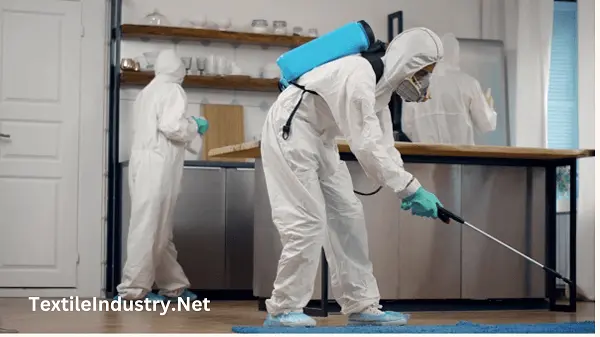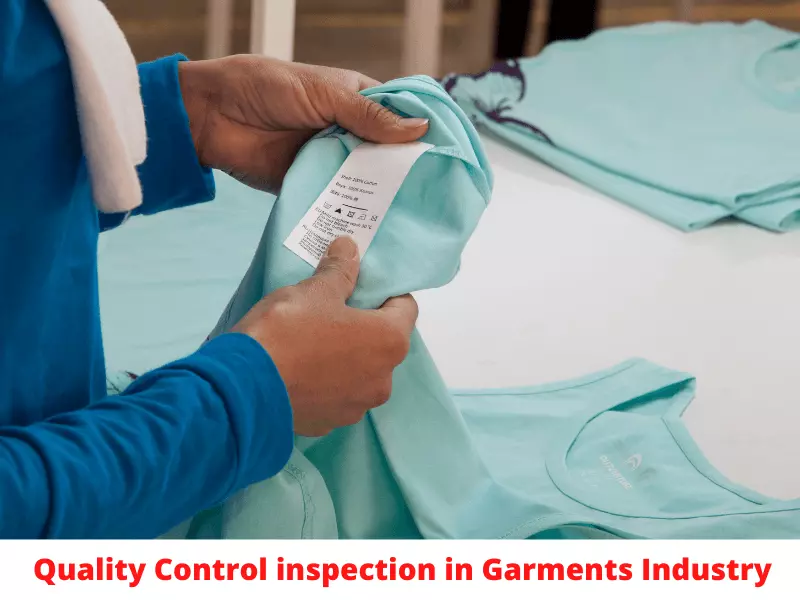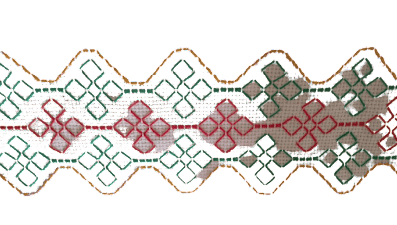The purpose of this procedure is to control the pest inside the whole organization. This procedure is applicable to the organization’s premises and boundaries. 90% of Pest control depends on preventing the pest rather than cure i.e. killing them by using pesticides or different medicine. So, the principle of pest control is not to let the pest come inside. Here I present How to do Pest Control in the Garments Industry in detail.
Pest control is the regulation or management of a species defined as a pest, a member of the animal kingdom that impacts adversely on human activities. Pest control in the apparel industry is essential to protect clothing and textile products from damage caused by various pests.
Different types of pest
Bed Bugs, Genus Came. Cockroaches, Order Blatt aria, Termites, Order Isopteran., Ants, Family Formicate., Rodents, Order Rodent., Flies. Order Dipteral. Mosquitoes. Family Colindale. Fleas. Order Siphonaptera, different types of bird e.g. pigeon, sparrow, etc.
Different types of Damages from Pest in Garments Product
Damages to clothes, damage to historic artifacts or antiques, structural and machinery damages, indirect effects to workers, economic losses, etc.

Why the fabric/textile industry are attracted by pest– Chemical odor, attracted water, exterior light, hole in building construction, raw package material vendors, poor warehouse management, structural deficiency, landscape, ignorance, and casual attitude.
Factors that are influencing pests- Abundant food/ water, Humidity, equipment, poor manufacturing practice, dust, structural voids, conduit system, poor scrap management, and cleaning operation.
Reason/ way of pest coming inside– External exterior condition, drainage, back side doors keep open, garbage, effluent plant sludge storage keeping open, exterior lights, vehicle/container that coming inside, roof area.
Solution/ How to do Pest Control in the Garments
Have to have proper hygienic and cleaning procedures, pest management continuously, and IPM (integrated pest management). 4 “E” to be followed by IPM.
- Eliminate the entry,
- Eliminate the food and water,
- Eliminate shelter,(Curative one)
- Eliminate infestation/infection.
Six steps for pest control
- Inspection and monitoring
- Pest identification
- Application of method
- Monitoring
- Evaluation
- Establishment and good communication through stakeholders.
Pest Hot Spot- Receiving area, transport, washing, preparation, storage.
The less focused area is the source of pests– garbage, lavatory, drain, entries, offices, locker rooms, dishwashing area, machine room garage/parking, security room, and vehicles.
Pest proofing– (a) exterior proofing (entrance, windows, foundation, roof, utility, shipping area, land escape (b) Interior-cutting, walls, procurement, lavatory holes, toilets.
Tips for Pest do Pest Control in the Garments Industry
- Pest Control should be done every Three (3)/ Four (4) Months
- There should be a daily cleaning schedule for harborage.
- Periodic audit/inspection
- Periodic report evaluation
- Identify entry /harborage and fix.
- Use non-chemical measures & vacuum cleaners.
- Restrict nonvolatile materials
- Perform Crack and crevice treatment
- Apply pesticide
Finally, use the medicine if we fail to protect pests from coming inside. With the nominated third party we can control our pests by spreading different pest-killing medicines. But have to take care so the pesticide/ medicine is not/ less harmful to the human body.
Conclusion
Pest control in the Garments industry is not just about protecting products; it’s about safeguarding the reputation and integrity of businesses. The financial and reputational costs of neglecting pest control can be substantial. By adopting a proactive and comprehensive approach to pest control, apparel companies can ensure that their products are of the highest quality, their employees work in safe environments, and their brand reputation remains unblemished. In this industry, protecting the threads is essential for weaving a successful and sustainable future.


